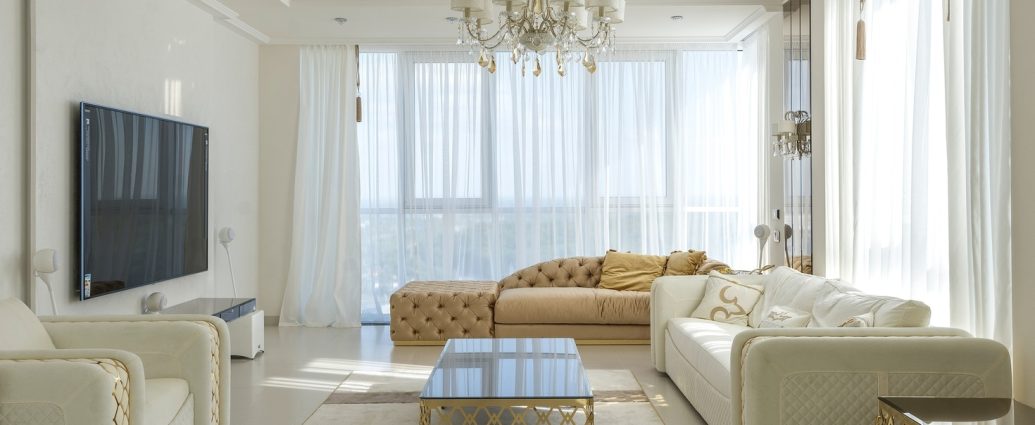Zarafshan Shiraz, Delhi
Lighting is that element of design in a home or work place that can make or break a space and natural light has many benefits in terms of productivity, comfort and health. A home that boasts of ample natural light is not just more relaxing but also more welcoming, with a plethora of other physical and psychological benefits that can only be attained through a design process that lays great emphasis on making the most of natural light.
In an interview with HT Lifestyle, Cyrus Mody, Managing Partner of Viceroy Properties, suggested some design ideas to maximise the in-flow of light in the house and recommended, “Light coloured walls make a room feel brighter as they reflect the natural light that falls on them, rather than absorbing it. Flooring options such as polished wood, laminate, ceramic or stone floors, can be a suitable design option as they reflect the light that falls on them, thereby maximising the use of natural light indoors.”
He added, “The use of mirrors and reflective accessories can be beneficial in maximising available light, whilst also adding chic touches throughout the home. Maximisation of natural light can result in a multitude of mental and health benefits, whilst ensuring general well-being and lowering energy costs.”
According to interior designer Paulomi Sanghvi, Founder of The Fusion Atelier in Tamil Nadu’s Chennai, natural light is a fresh dose of Vitamin D and is also an economical source of light during majority of the day. Insisting there are many ways to introduce natural light in a given space, she advised, “Windows play a very important role in interior design. When introduced in different shapes and sizes, they look aesthetically pleasing.”
Additionally, she shared, “French doors on the other hand are primarily featured to let natural light flow and are elegant and charming. Skylights are an architectural feature that can make relatively small spaces look bigger and are extremely attractive. And Clerestory windows are the ones that installed on the higher section of the wall, mostly above eye-level. They ensure that a space never feels claustrophobic and they provide a great view along with the light.”
